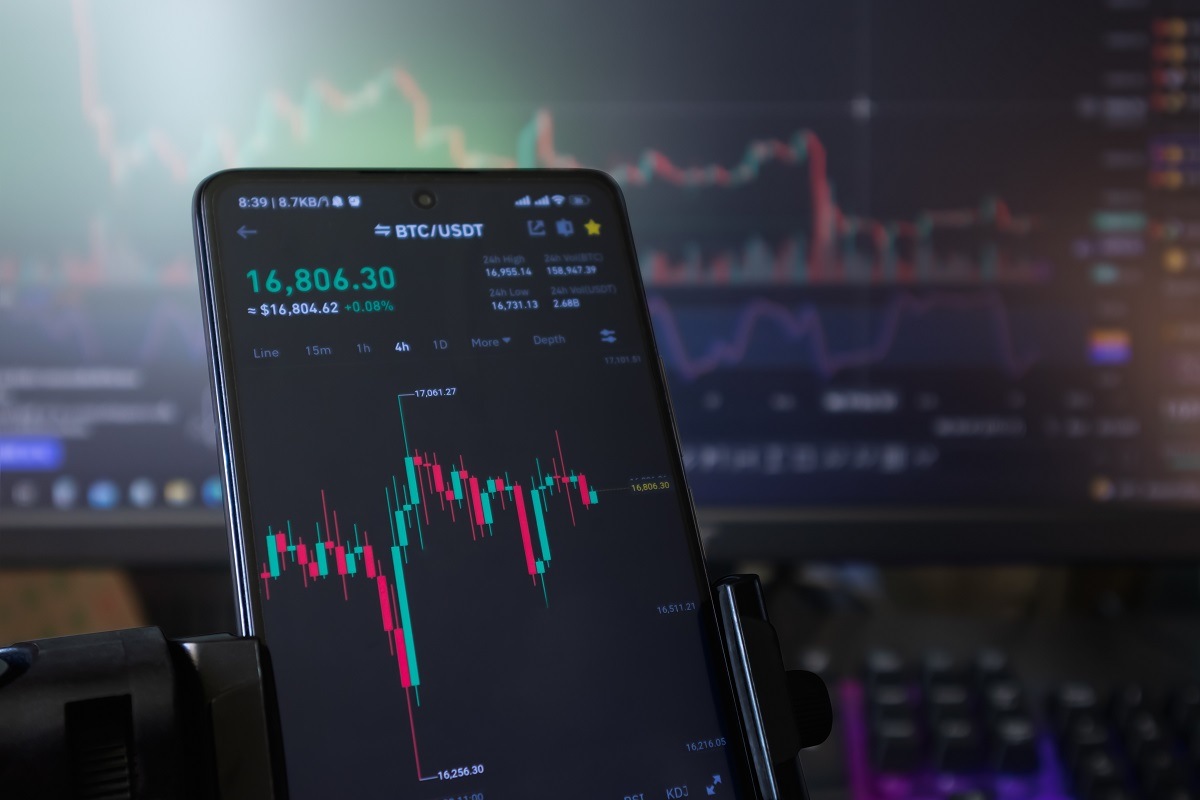Over the last several years, you may have heard the term, “blockchain,” and you may know that it’s a part of the cryptocurrency Bitcoin. You may also know that blockchain is some kind of a database, and that a lot of very smart financial people and tech types are looking into it.
What is blockchain?
The first mention of the term “blockchain” appeared in 2008 when someone writing under the pen name Satoshi Nakamoto, published a paper entitled, “Bitcoin: A Peer-to-Peer Electronic Cash System.” This document described the basis for a cryptocurrency called Bitcoin, and it defined how a new type of database called a blockchain would store Bitcoin’s transactions.
In this database, a set number of transactions are placed in something called a block. When a block is filled up, it is “signed” using a mathematical formula that factors in all of the block’s transactions, and generates a unique signature called a hash.
When the next block of transactions fills up and is ready to be signed, the hash from the previous block is mathematically factored into the new hash, and so on. This is reflected in the chain part of blockchain’s name.
Impregnable security
This unique hashing system gives a blockchain very high security because if one transaction in any given block is changed, the hash signature for that block will also change.
And that means that all of the hash signatures for every subsequent block will have to change as well. This high level of security means that the blockchain can be completely open to the public.
The blockchain is maintained by several decentralized entities known as nodes. A blockchain node’s job is to validate blocks. When a new transaction block is created, each node on the network validates the new block by calculating its hash signature.
Then, each node compares its result with all the other nodes on the network. If a majority of the nodes have computed the same hash signature, the block is accepted as valid and placed in the blockchain.
However, if the nodes don’t agree that the block has a valid hash signature, the block is simply thrown away. This system makes it extremely difficult to place a fake entry into a decentralized and public blockchain.
Use cases for blockchain
Let’s say you go into your local store and make a purchase using your credit card. The credit card company approves your purchase, places the amount of the purchase into the store’s bank account, then waits to receive a payment from you. If you don’t pay in full, the credit card company charges you interest on the unpaid balance.
On the merchant’s side, the credit card company charges usually 3 percent of the purchase price for the convenience of using the card. Each credit card company has its own set of rules and fees that both you and the merchant must follow.
According to The Motley Fool, in 2016, the credit card companies raked in $163 billion with the fee breakdown as follows:
* Interest income – $63.4 billion (interest on unpaid balances)
* Interchange income – $42.4 billion (what is charged to merchants)
* Cash advance fees – $26.6 billion (separate fees that you’re charged when you borrow money against your credit limit)
* Annual fees – $12.5 billion (fees charged by fancy rewards cards such as the Chase Sapphire Reserve® card, and American Express’s Platinum Card)
* Penalty fees – $12 billion (when you’re late making a payment, have exceeded your credit limit, or have a bounced payment)
* Enhancement income – $6.3 billion (fees for extra services, such as insurance products).
Blockchain has the ability to eliminate the credit card companies
Let’s look at the same transaction as described above only from the blockchain perspective. You go into your local store and make a purchase using Bitcoin or another cryptocurrency.
The transaction is validated by a blockchain node and it is written into the blockchain. Your bank account is debited, and the merchant’s account is credited. The merchant isn’t charged a percentage of the purchase price, and you aren’t charged any interest on the unpaid balance.
As you can imagine, the credit card companies aren’t happy about this possibility.
Blockchain and cross-border payments
Sending money across national borders can be both time-consuming and expensive. An international wire transfer can take up to five business days to settle, and the newer SWIFT network can take up to three business days to transfer. In the United States, an international wire transfer can cost between $40 and $50.
Enter Veem. Veem is a start-up company that uses blockchain as one of its methods for transferring funds. Let’s say a client based in the U.S. wants to transfer money from their U.S. bank account to an account in Mexico.
Veem debits the specified amount in U.S. dollars from the client’s bank account, and it buys that amount of Bitcoin. Then, Veem sells the Bitcoins for Mexican Pesos, and it deposits the Pesos into the Mexican bank account.
This entire sequence of transactions happens within seconds, and is fully traceable through Bitcoin’s blockchain. The fees for this type of transfer are less than half of what an international wire transfer would cost, and as you can imagine, the banks aren’t happy about this possibility.
Blockchain for voting
An important potential use for blockchain is voting. A blockchain transaction doesn’t have to be numerical credits and debits, but can be any piece of data.
Blockchain could be used for voter verification so that when a voter casts his or her ballot, that information is written to a publicly-maintained blockchain database that is visible to everyone. That database could then be used to tally and verify the election’s results, thus eliminating rigged elections.
As you can imagine, countries with questionable voting records aren’t happy about this possibility.
Blockchain for supply chain and logistics
Today, one of the most difficult aspects of modern manufacturing is the supply chain. A finished product might be comprised of components manufactured in China or North America, software created in Europe, and the product itself might be assembled in Japan.
Delays, miscommunications, and outright disputes often arise among the various parties, and this leads to slow-downs and unreliable supply chains. A blockchain database can hold every transaction involved in the manufacturing of a product, and it can hold every entity accountable.
Let’s say an auto part is manufactured in China, and is added to the blockchain. When that part ships to Europe for assembly in a car, that movement is written to the blockchain, and is timestamped. Every time that auto part moves or is incorporated into another product, an entry that everyone can see is created in the blockchain.
If there are delays anywhere in the world, all of the interested parties will know exactly where and who, caused the delay. Supply chain blockchains could also be used to analyze inefficiencies and redundancies within a supply chain, and this would dramatically streamline the product manufacturing process.
As for Satoshi Nakamoto, to this date no one knows who he, or she, really is. The Bitcoin blockchain shows Nakamoto as holding approximately one million Bitcoins.
At Bitcoin’s price peak in December 2017, this was worth over the US $19 billion, making Nakamoto the 44th richest person in the world at that time. To date, none of Nakamoto’s Bitcoins has ever been redeemed.
Note: The author of this article is Marcia Wendorf.
Source: https://interestingengineering.com/how-blockchain-technology-can-transform-the-economy





